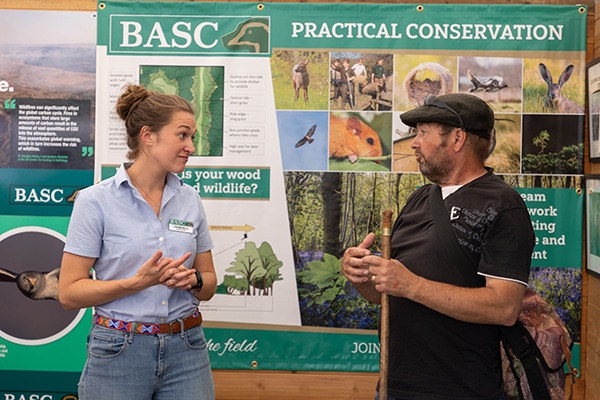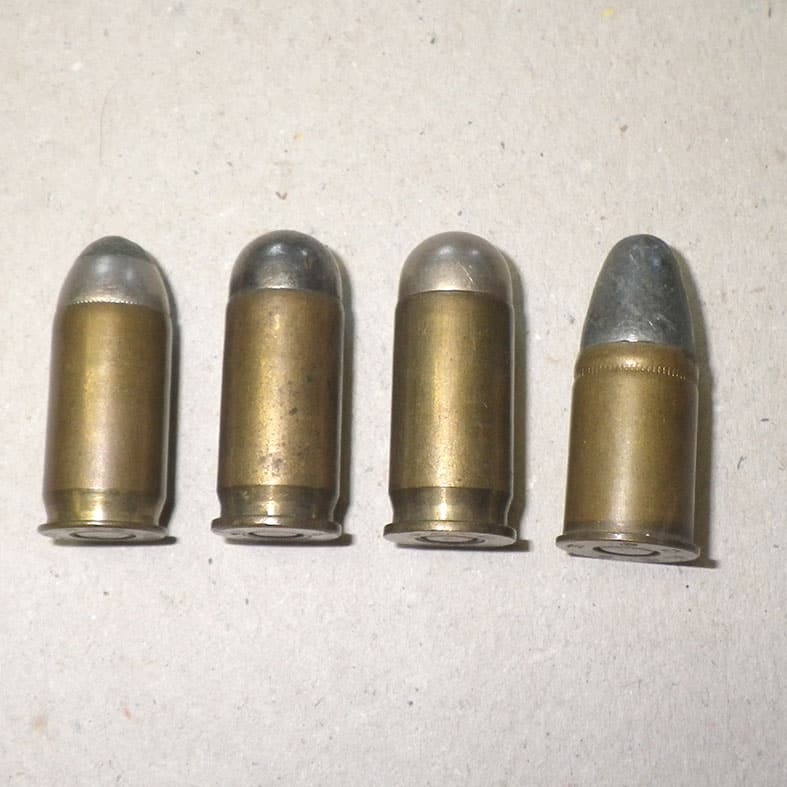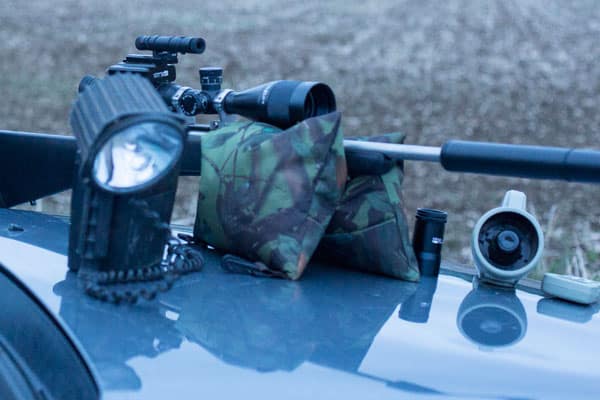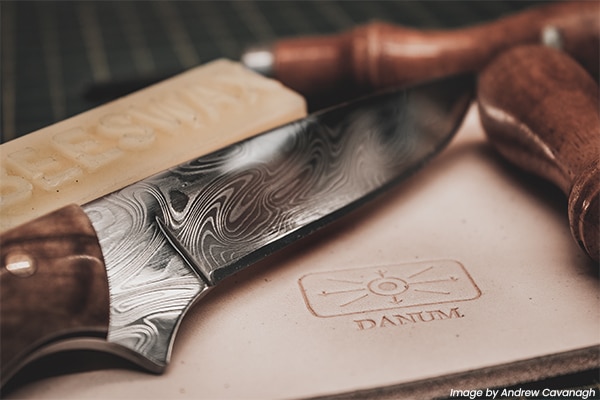
Our service to members
If you have a problem with your police firearms licensing department or your certificates, we are here to help, with prompt advice relevant to your problem.
Get information on the legal shooting season for mammals and birds in the UK.
Learn about our current conservation projects and how you can get involved.
Comprehensive information and advice from our specialist firearms team.
Everything you need to know about shotgun, rifle and airgun ammunition.
Find our up-to-date information, advice and links to government resources.
Everything you need to know on firearms law and licensing.
All the latest news and advice on general licences and how they affect you.


Firearms Antique and imitation firearms Changes to the law on antique firearms
Section 58 of the Firearms Act 1968 and the Antique Firearms Regulations 2021 set out in law which firearms can be regarded as antique, and therefore exempt from licensing.
The definition closely follows the model used previously in Home Office guidance and will therefore be familiar to collectors, dealers and museums. To be regarded as an antique, a firearm must:
Following their use in crime, seven cartridges which previously appeared in the Home Office obsolete cartridge list have been omitted from the equivalent list in the 2021 Regulations.
These cartridges are:
This means that from 22 March 2021 all firearms chambered for use with the above cartridges became subject to the controls in the 1968 Act, including licensing.
As long as a person has applied for a firearm certificate, they will remain in lawful possession of their firearm even if their application remains outstanding or is the subject of an outstanding appeal when the transition period ends.
Should a firearm meet the criteria for a historic handgun under section 7 of the Firearms (Amendment) Act 1997, the owner can apply for a certificate on this basis.
If the owner of a firearm that no longer falls within the definition of ‘antique firearm’ chooses not to licence it, they will need to otherwise dispose of it. Disposal could include selling, exporting or deactivating the firearm, donating it to a museum or surrendering it to the police.
To enable this, owners will be able to freely sell or transfer the firearm to another collector or to a museum without requiring a firearm certificate, section 5 authority or a museum firearms licence. Owners can also sell or transfer the firearm to a dealer, but only one who is registered with the police and who has a section 5 authority.
Dealers must be registered and hold a section 5 authority before they can purchase or acquire any such firearms.
Where a museum purchases or acquires such firearms, they must possess either a museum firearms licence (with the authority of the Secretary of State or Scottish Ministers to possess any which are prohibited weapons) or a firearm certificate.
Further details about the changes to the law in 2021 were set out in this HO circular.
Got a question? Email us on firearms@basc.org.uk or call 01244 573 010.
© BASC July 2023

If you have a problem with your police firearms licensing department or your certificates, we are here to help, with prompt advice relevant to your problem.

This course includes detailed theory of rifle shooting in the area and discipline involved, followed by time spent in the field simulating lamping situations.

Information on the legislation around selling knives in Scotland, including when you need a licence to do so and sport/recreation exemptions.
Sign up to our weekly newsletter and get all the latest updates straight to your inbox.
© 2023 British Association for Shooting and Conservation. Registered Office: Marford Mill, Rossett, Wrexham, LL12 0HL – Registered Society No: 28488R. BASC is a trading name of the British Association for Shooting and Conservation Limited which is authorised and regulated by the Financial Conduct Authority (FCA) under firm reference number 311937.
If you have any questions or complaints about your BASC membership insurance cover, please email us. More information about resolving complaints can be found on the FCA website or on the EU ODR platform.
This website uses cookies so that we can provide you with the best user experience possible. Cookie information is stored in your browser and performs functions such as recognising you when you return to our website and helping our team to understand which sections of the website you find most interesting and useful.
Strictly Necessary Cookie should be enabled at all times so that we can save your preferences for cookie settings.
If you disable this cookie, we will not be able to save your preferences. This means that every time you visit this website you will need to enable or disable cookies again.
This website uses Google Analytics to collect anonymous information such as the number of visitors to the site, and the most popular pages.
Keeping this cookie enabled helps us to improve our website.
Please enable Strictly Necessary Cookies first so that we can save your preferences!
More information about our Cookie Policy